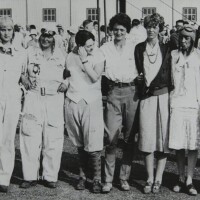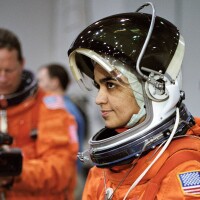Worth the Struggle: Diana Trujillo's Journey from Colombia to NASA
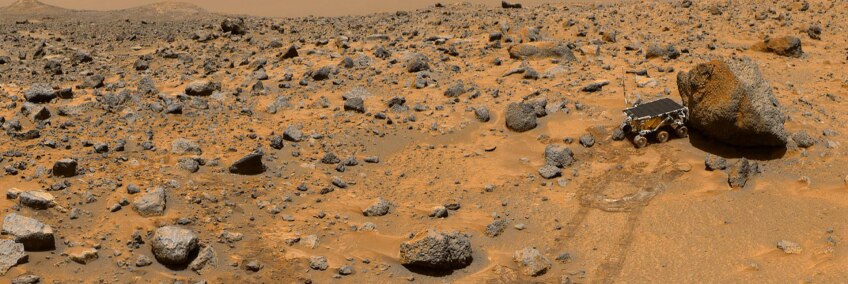

Relive the excitement of man’s first steps on the moon and the long journey it took to get there with 20 new hours of out of this world programming on KCET's “Summer of Space" Watch out for “American Experience: Chasing the Moon” and a KCET-exclusive first look at "Blue Sky Metropolis," four one-hour episodes that examine Southern California’s role in the history of aviation and aerospace.
Diana Trujillo may have taken the long path to becoming an aerospace engineer at NASA’s Jet Propulsion Laboratory in Pasadena. But for the Colombian aerospace engineer, it was worth the struggle.
Born and raised in Cali, Colombia to a single mother, Trujillo lived through the 1980s “Narcos” type chaos, which was not an ideal existence. “It was a very dangerous place to grow up. I was always afraid I wouldn’t make it home at night.” Staring at the night sky in the backyard was the only peace she knew. “It was where things could coexist and respect each other,” said Trujillo, on how her interest in space began.
Taking a bold chance, Trujillo immigrated to the United States at the age of 17 with only $300 in her pocket. Enrolling at Miami Dade Community College, she began taking English lessons and worked as a housekeeper to support her studies. When the time came to pick a major, she was stumped. “While standing in line to register for class, I remembered Kalpana Chawla, the female astronaut from India that died on the Space Shuttle Columbia explosion in 2003. It stuck with me because she wasn’t Caucasian, was from a different country and still managed to be an astronaut,” recalled Trujillo. “I thought, maybe I had a shot.”
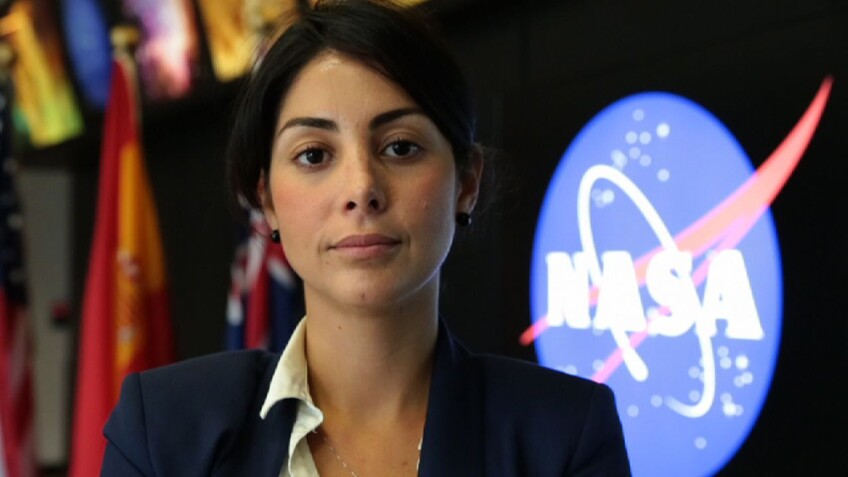
While still contemplating what major to decide on,Trujillo sat down on a chair near the dean’s office. “I looked up to see all women on the cover of a magazine,” she recalled. It gave her a push to continue. She saved the magazine. “I was in this slow-moving line in a hallway filled with all white men, no different denominations, and here I am with my thick accent,” she remembers. “Will they make fun of me? Am I making the right decision? I didn’t even know what aerospace engineering was,” she admitted. Despite the deterrents, Trujillo decided she just might have a shot at aerospace engineering. She would later transfer to the University of Florida to continue her studies. There, she was encouraged by a professor to apply for the NASA Academy. She became the first immigrant Hispanic woman in the program. From there, she went to NASA in Washington D.C., where she met her husband, Will Pomerantz, who now works for Virgin Galactic.
While in D.C., Trujillo visited the University of Maryland, where she helped Professor Brian Roberts research how robots could operate in space. Graduating with a bachelor's degree in aerospace engineering at the University of Maryland in 2007, her story was turned into a children's science book. “Mars Science Lab Engineer Diana Trujillo” by Kari Cornell, celebrates her achievements and introduces kids interested in STEM subjects to NASA, inspiring them to follow their dreams.
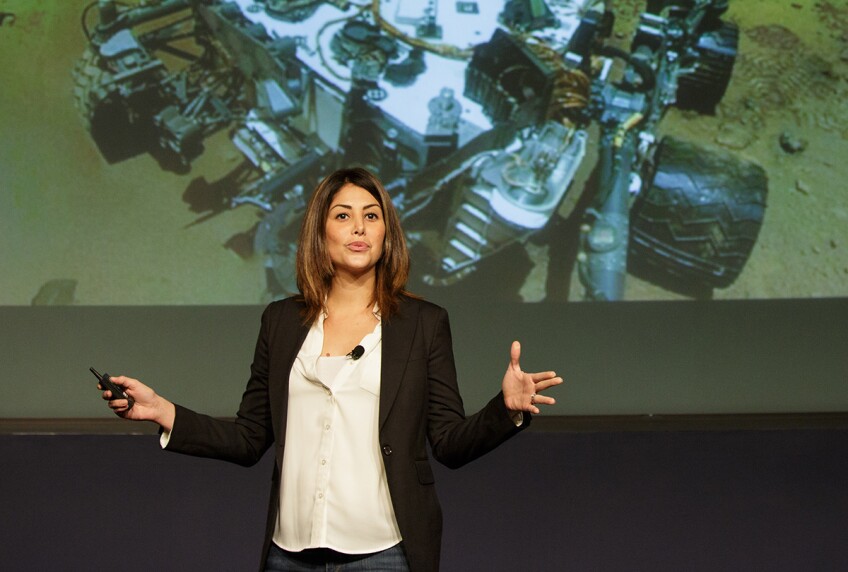
Trujillo’s current title is Mars 2020 deputy surface phase lead. Working with the teams related to all the instruments on the Mars 2020 robotic arm, she makes sure that during operations on Mars, the arm is works in a way that allows each of its instruments to function properly as expected.
Previously, Trujillo was the system engineer for the Dirt Removal Tool (DRT). Her job was making sure the DRT worked correctly with all software, was properly placed on various Martian surfaces and that data was flowing properly. Although she’s had several roles after working on the DRT, her last role with the Curiosity rover was mission lead.
Is taking a trip into space in her future? “The rush I have on my side, making sure I do everything possible. To assure everything works is a different rush,” noted Trujillo. “We made history when we went to the moon and Neil Armstrong was representing us. Stepping on the lunar surface was the big event, but the fact we broke through a bunch of barriers that allowed us to do so, that was also a big event. Right now, I have a choice to go to space or put people in space.”
What advice would Trujillo give a young girl wishing to follow in her footsteps? “I’d tell her to sit down in an isolated area in her house and think about what [she] really likes. Don’t second guess it. Believe in yourself. Write down the skills you’re good at. What are the things you love doing? Then start building a plan. Search for people who have done what you want to do. Find out how they made it happen so you can figure out how to navigate your path, then put it in a timeline. These things will put you on the right track and keep you on the rails!”
Top Image: A portion of a classic 1997 panorama from the IMP camera on the mast of NASA's Mars Pathfinder lander includes "Twin Peaks" on the horizon, and the Sojourner rover next to a rock called "Yogi." | NASA/JPL
